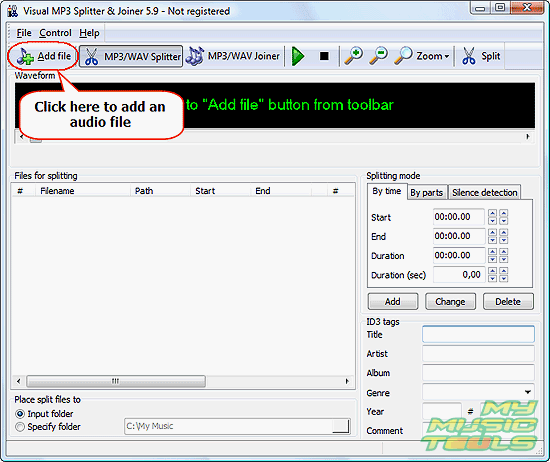

Hover your mouse cursor over the recording and click the Share button.Once you have made and saved your recording in Panopto, go to the UWE Panopto cloud and find it.But as mentioned above, it doesn’t matter if you also record video at this stage – when you download the recording as and Audio Podcast any video content will be stripped out.) (If you want to record audio only, just select a microphone before you press Record, there is no need to choose a camera. Make your recording in Panopto in the usual way.It doesn’t matter whether the original recording was audio-only or if it included video too, when you choose to download the recording as an Audio Podcast the downloaded file will only contain sound. This means they are easier for students to consume over the Internet than a video – important when students may have limited Internet connectivity, particularly on a mobile device.įor any recording you have saved in Panopto there is the option to download it as an ‘Audio Podcast’. A 12MB video file (of 50 seconds duration) when downloaded from Panopto as an audio-only file is less than 1MB. You may want to use audio files in Xerte resources you make, for example, in which case the smaller the file the better, or to create podcasts for online learning.Īudio files tend to be much smaller than video files. Wav_file.writeframes(struct.pack('h', int( sample * 32767.This article outlines how to download an audio-only file from Panopto. # obvious how to do that using the wave module in python. # use the floating point -1.0 to 1.0 data directly in a WAV file but not So we multiply the floating point data we have by 32767, the # WAV files here are using short, 16 bit, signed integers for the Wav_tparams((nchannels, sampwidth, sample_rate, nframes, comptype, compname)) # save on file size you can adjust it downwards. # 44100 is the industry standard sample rate - CD quality. Global audio # using global variables isn't cool.Īudio.append(volume * math.sin(2 * math.pi * freq * ( x / sample_rate ))) Though thereĪre some rather complicated issues with making high quality square and

More aggresive you could try a square or saw tooth waveform. The sine wave generated here is the standard beep. Num_samples = duration_milliseconds * (sample_rate / 1000.0) But most sounds will fit inĭef append_silence(duration_milliseconds=500):Īdding silence is easy - we add zeros to the end of our array # disk instead of buffering it all in memory list this. If you were working with a very long sound you'd want to stream this to # Audio will contain a long list of samples (i.e. You'll probably want to introduce a for loop to control the number of beeps and the increasing volume. I've based this on the answer to the previous question and added a lot of comments.


 0 kommentar(er)
0 kommentar(er)
